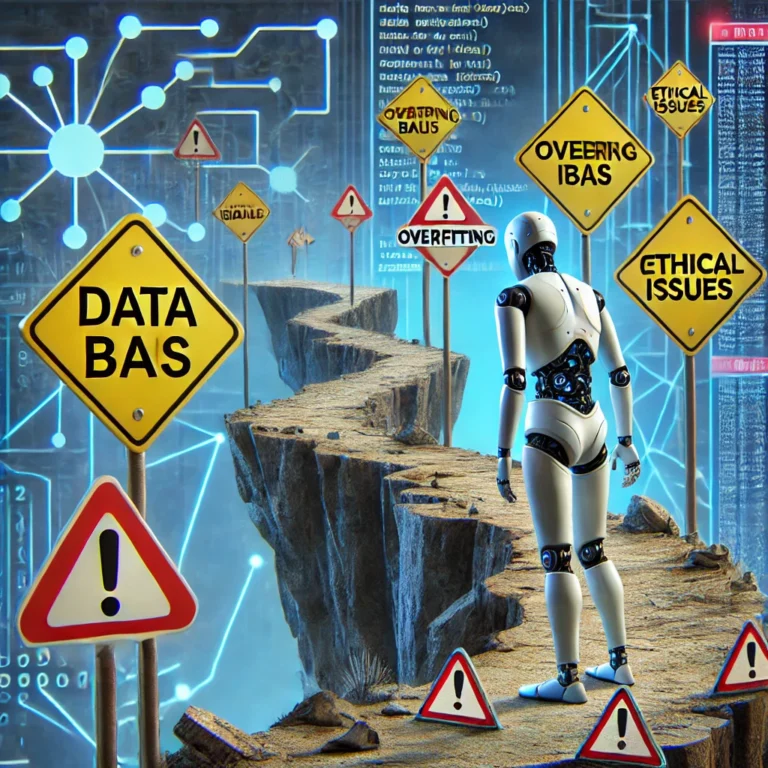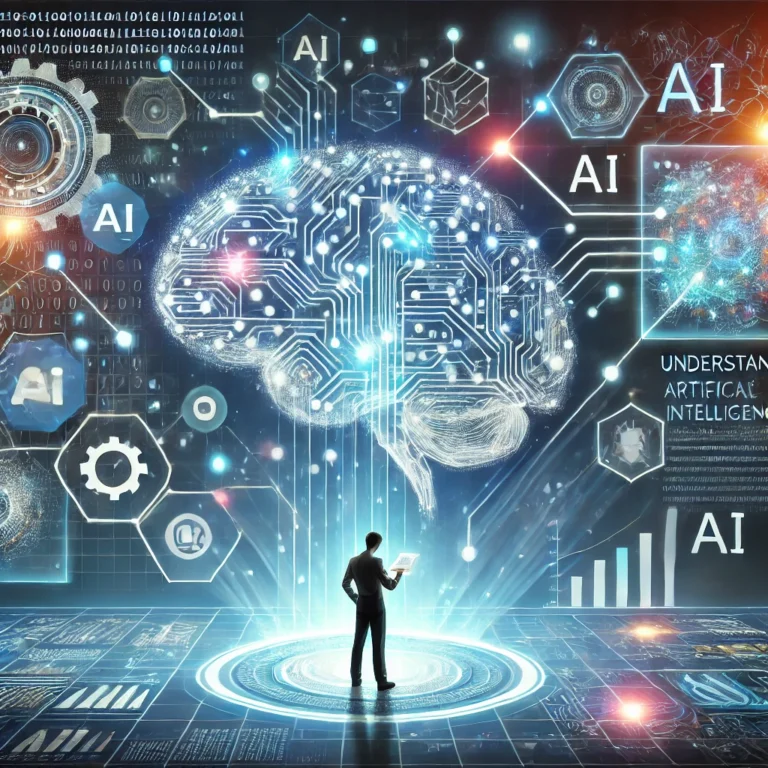AI Buzzwords Every IT Manager Should Know
In today’s fast-paced tech landscape, artificial intelligence is reshaping industries and transforming how we work. For IT managers, the challenge isn’t just implementing new AI solutions—it’s also keeping up with a barrage of buzzwords that often seem designed to confuse rather than clarify. Terms like “machine learning,” “deep learning,” “MLOps,” and “edge AI” are thrown around in meetings, presentations, and articles, but what do they really mean, and why should you care?
This article breaks down the essential AI buzzwords you need to understand to lead your organization effectively. By demystifying these terms and providing practical insights, we aim to empower you to cut through the hype and focus on what truly matters—leveraging AI to drive innovation and operational excellence. Let’s embark on this journey together and decode the language of AI, ensuring that every technical decision you make is backed by clarity and confidence.
- Machine Learning (ML)
- Definition: A subset of AI where computer models learn from data to make predictions or decisions.
- Why it matters: Most AI applications in business today rely on ML techniques to analyze patterns, detect anomalies, or automate processes.
- Deep Learning (DL)
- Definition: A specialized branch of ML that uses artificial neural networks with multiple layers to model complex patterns in data.
- Why it matters: DL underpins major breakthroughs in fields like image recognition, speech processing, and natural language understanding.
- Neural Networks
- Definition: Computational models inspired by the human brain’s network of neurons.
- Why it matters: They are the foundational technology for most deep learning models and are integral to achieving state-of-the-art results in tasks like image classification, language translation, and more.
- Natural Language Processing (NLP)
- Definition: A field of AI focused on enabling computers to understand, interpret, and generate human language.
- Why it matters: NLP is central to chatbots, virtual assistants, sentiment analysis, and many text-based automated systems.
- Generative AI
- Definition: Techniques (e.g., Generative Adversarial Networks or large language models like GPT) that create new content such as text, images, audio, or synthetic data.
- Why it matters: Generative AI can automate content creation, design, and simulation tasks, but also raises ethical and regulatory considerations (e.g., deepfakes).
- Predictive Analytics
- Definition: The use of statistical algorithms and machine learning to identify the likelihood of future outcomes based on historical data.
- Why it matters: Helps businesses forecast trends, anticipate customer behavior, and make data-driven decisions.
- Reinforcement Learning (RL)
- Definition: A machine learning paradigm where an agent learns to make decisions by performing actions and receiving feedback in the form of rewards or penalties.
- Why it matters: RL has enabled advances in robotics, game-playing AI (like AlphaGo), and complex operational optimizations.
- Explainable AI (XAI)
- Definition: Approaches and methods that make the decisions of complex AI systems transparent and interpretable.
- Why it matters: Many industries (e.g., finance, healthcare) require accountability and interpretability to ensure fairness, trustworthiness, and regulatory compliance.
- MLOps (Machine Learning Operations)
- Definition: The practice of streamlining the development, deployment, monitoring, and governance of machine learning models.
- Why it matters: Effective MLOps processes allow businesses to deploy AI models reliably at scale while keeping them up to date and aligned with changing data.
- Edge AI
- Definition: AI computations run on devices at the “edge” of the network (e.g., smartphones, IoT sensors) rather than on centralized servers.
- Why it matters: Reduces latency, saves bandwidth, and improves real-time decision-making—key for industries like manufacturing or autonomous vehicles.
- AutoML (Automated Machine Learning)
- Definition: Tools and techniques to automate repetitive tasks in ML model development, such as hyperparameter tuning and feature engineering.
- Why it matters: Speeds up the development process and makes AI more accessible to non-expert teams, though it still requires oversight to ensure quality.
- Data Lake / Data Warehouse
- Definition: Centralized repositories for storing large amounts of structured and unstructured data (data lake) or structured data optimized for queries (data warehouse).
- Why it matters: Successful AI implementations typically require robust, well-organized, and accessible data infrastructure.







